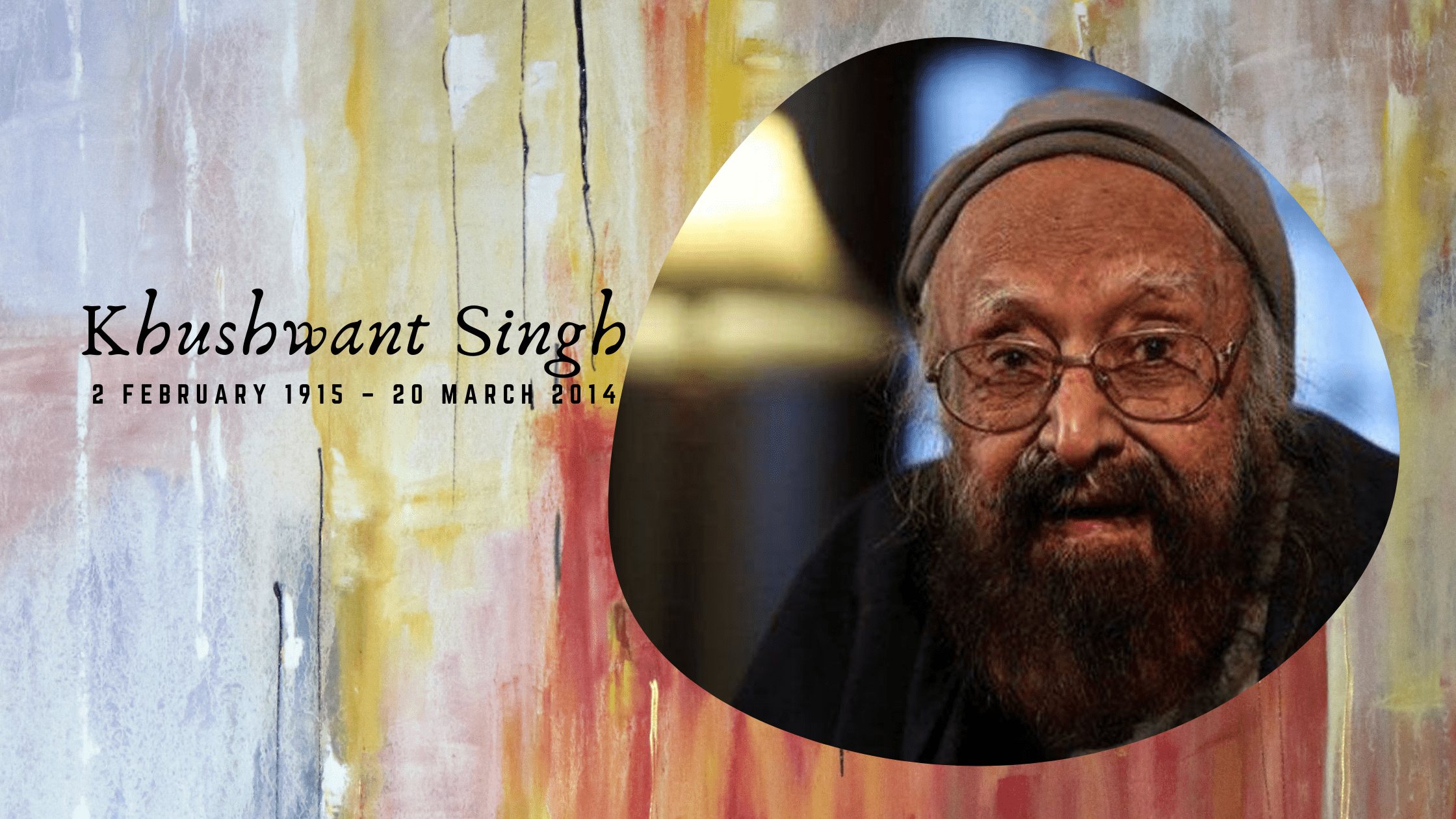Sometimes, we come across creations that make an impact primarily because of their subject’s natural allure. As a standalone piece, they falter because of loopholes in structure, presentation or language. For example, films like Anurag Kashyap’s Bombay Velvet or adaptations like Deepa Mehta’s Midnight’s Children and Baz Luhrmann’s The Great Gatsby. By themselves, they come with a fair share of faults and areas of improvement. However, they flourish because the foundation is so exciting that the audience cannot help but be drawn to the vision. Written by the legendary screenwriter and author Nabendu Ghosh and edited by his daughter, curator and film journalist Ratnottama Sengupta, Mistress of Melodies is a book I believe resides in this category. It has its structural and linguistic flaws but offers an enticing narrative about a subject that has always been of interest to people; the lives of women employed in one of the world’s oldest professions.
Nabendu Ghosh was a man whose talent and philosophy percolated several creative industries. From working extensively with Bimal Roy and Hrishikesh Mukherjee to writing evocative stories on almost every social upheaval, he donned many hats with a characteristic humanism. The legendary Soumitro Chatterjee has praised his inclination towards creating raw characters. The actor was a great admirer of Ghosh’s Daak Diye Jaai, a powerful piece of writing set against the Quit India Movement for which he lost his job with the IG Police. At that time, his 18-year-old wife Kanaklata encouraged him to pursue writing as a full-time profession. Compassion for those who struggle, who live their lives gasping for security and identity, is a fine thread connecting his multi-medium work. He is the screenwriter of masterpieces like Parineeta, Devdas, Lal Pathhaar, Sujata, and Abhimaan. They are celebrated films, remembered for their music, performances, and female characters internalising and fighting many forms of injustice. His keen eye for the varied manifestations of suffering and every person’s eternal struggle to overcome suppression finds its way into Mistress of Melodies, an anthology of courtesans and prostituted women in Calcutta.
The book begins with two notes; one by filmmaker Muzzaffar Ali and the other by Ratnottama Sengupta. Both speak of the enormous cultural influence asserted by courtesans and prostitutes and how their lives are a never-ending source of inspiration for writers, poets, dancers, musicians, photographers, and artists. Sengupta calls them “the custodians and conveyors of India’s classical arts” and thinks of the book as a salutation to their talents and ability to survive in a man’s world. However, she vehemently rejects the notion that such professions could be “innocuous or even wholesome work.” They result from desperation for stable livelihoods, deception of loved ones, and obliviousness to the inherent abuse.
Mistress of Melodies has six stories; Market Price, Dregs, Songs of a Sarangi, It Happened One Night, Anchor, and Mistress of Melodies. Five of them are translations; the load is shared among Ratnottama Sengupta, Padmaja Punde, and Mitali Chakravarty. Mistress of Melodies was a screenplay written by Nabendu Ghosh. He wrote all his scripts in English.
The stories revolve around women engaged in sex work or work as courtesans, spread across a protracted timeline. Some are prostitutes just before Independence, in the Calcutta of tram strikes. Others are famed courtesans flourishing in the aftermath of the Sepoy Mutiny. Each inhabits a fascinating world which is one of the best parts of the collection. The geographical spaces are beautifully set up and help gauge the visual quality of Ghosh’s writing. Whether it’s a widow’s rundown hut by the river or an elaborate two-storeyed makaan owned by Chitpore’s Hasina Baiji, each area has been intricately designed. From the sparsely decorated rooms of brothels with Ma Kali’s image on the wall to the wealthy rooms of courtesans adorned with photographs of Radha, Krishna, and the Kaba, one can feel the influence of cinema in Ghosh’s writings. He writes extravagant word pictures like an art director designs a set, detailing every corner. This is one of the most vital aspects of his storytelling and something you will genuinely enjoy.
Customs are crucial to Ghosh. In Songs of a Sarangi (my favourite story of the lot), he describes rituals like the Nath-utarna and a three-month nikah prevalent in the world of courtesans. The former is an elaborate celebration in which a young baiji is made to wear a beautiful Nath (nose ring) by her mother or madame. An auction is organised where her virginity is sold to the highest bidder. The man is treated like the affectionate jamai (son-in-law) of the courtesan’s household. He is permitted to deflower the girl and spend three months with her. This ritual marks her entry into the world of performing arts. Once her Nath has been removed, she is ready to entertain an audience and perform mujras (dance recitals). While it may sound vile to the evolved reader, Nath-utarna used to be a huge celebration where courtesans from across the city would participate in the festivities.
The pressures of the economic milieu on forcing women into the flesh trade have been brought out in quite a few stories. In Market Price, Dregs, and Anchor, we are shown different points in the historical timeline of urban and rural Bengal where realities like the Bengal famine, debt trap, loss of land, and exploitative landlords severely impacted the social standing of women. Poverty, maltreatment, and malnourishment took a severe toll on their health and stability, causing unwanted pregnancies, sexual abuse, and untimely deaths. Alongside such issues was the prevalence of con artists who tricked young windows and prostitutes into selling their jewellery, taking away whatever little money they possessed and then leaving them stranded. There are insights into security concerns faced by courtesans. Disgruntled clients disturbed courtesan households and sent lathiyals when their demands weren’t met. Baijis and their musicians kept a constant lookout for dangerous men. One such vengeful babu brings the downfall of Hasina Baiji’s business in Songs of a Sarangi.
One of the most appropriate things said about Nabendu Ghosh and his storytelling is illustrious filmmaker Mrinal Sen’s praise for the author. According to Sen, “As a writer and creative individual, Nabendu Ghosh has never believed that evil is a man‘s natural state. Along with his characters, he has been confronting it, as always, fighting and surviving on tension and hope.” Ghosh’s belief in a fresh chance at survival is evident in several instances. Characters like Tagar, Chhaya, Hasina Baiji, and Gauhar Jaan crave compassion and normalcy. Sometimes it works out; Tagar elopes with Shashi, her souteneur yet faithful beloved, while Hasina Baiji runs away with Uday, her sarangi player, at the very end of her career. Sometimes, this chance at a new life is unsuccessful, like for Chhaya and Basana. A fascinating story is Anchor, in which Ghosh follows the journey of a man who has lost his family to the famine. After years working on a ship, he jumps off the deck, desperate to swim towards a new start.
Unfortunately, Mistress of Melodies weakens on the translation front. In multiple places, the words are so literally expressed that the reader becomes excruciatingly aware that these stories were not written in English. It disrupts the flow of the paragraphs and makes many places awkward to read. The language does not possess the fluidity of translators like Arunava Sinha and Khalid Hasan. When you read the latter’s translation of Manto’s Kingdom’s End, you do not feel that you are reading something initially written in Urdu. However, this becomes an issue for Mistress of Melodies. The verbatim dialogues have a jarring quality to them that takes away from the emotional essence of the stories. So many times, I read the sentence in English, but I knew the authentic Bengali dialogue in my mind. Overall, I would say that Mistress of Melodies has an exciting canvas but stumbles on account of its uneven colours. However, I think it deserves our time because of its humbling intention; to remind us of the rich influence of these women who otherwise are shown in unidimensional and garish ways by commercial cinema and pop culture. The book humanises courtesans and prostitutes, presenting them as flesh-and-blood characters with hopes and journeys.
Like what you just read? Become TheSeer Insider. You will be receiving a letter from us once in a while to help you live a more mindful life. Enter your email id below and click on subscribe. We won’t spam you, ever!






